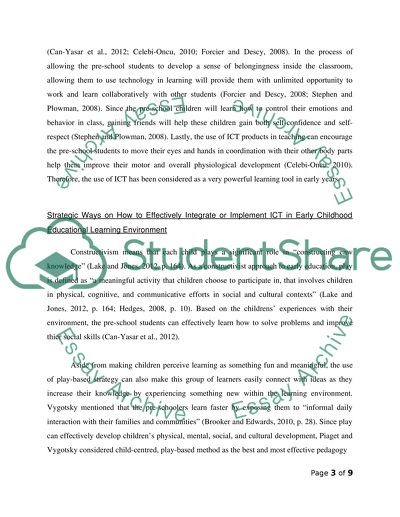Cite this document
(“Intgratinh Information and Communication Technology (ICT) effectively Literature review”, n.d.)
Intgratinh Information and Communication Technology (ICT) effectively Literature review. Retrieved from https://studentshare.org/education/1482400-intgratinh-information-and-communication
Intgratinh Information and Communication Technology (ICT) effectively Literature review. Retrieved from https://studentshare.org/education/1482400-intgratinh-information-and-communication
(Intgratinh Information and Communication Technology (ICT) Effectively Literature Review)
Intgratinh Information and Communication Technology (ICT) Effectively Literature Review. https://studentshare.org/education/1482400-intgratinh-information-and-communication.
Intgratinh Information and Communication Technology (ICT) Effectively Literature Review. https://studentshare.org/education/1482400-intgratinh-information-and-communication.
“Intgratinh Information and Communication Technology (ICT) Effectively Literature Review”, n.d. https://studentshare.org/education/1482400-intgratinh-information-and-communication.


